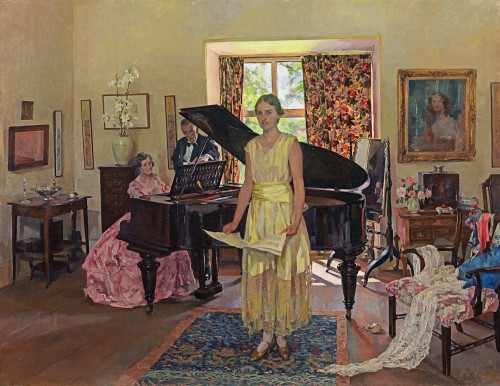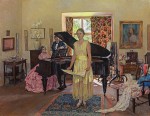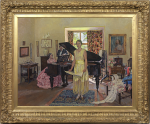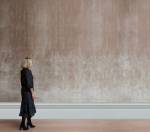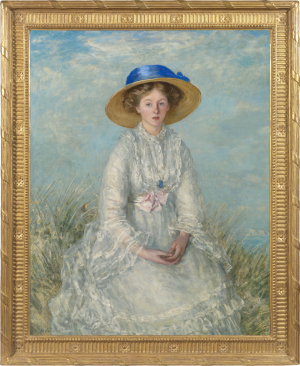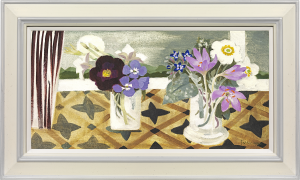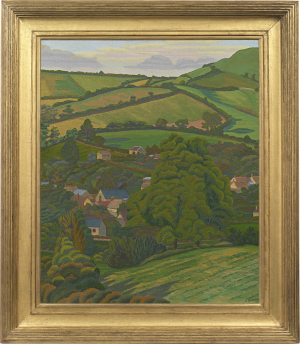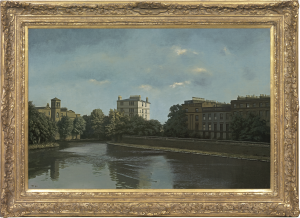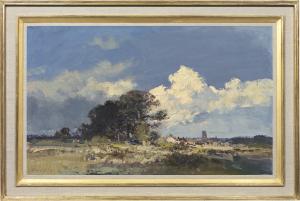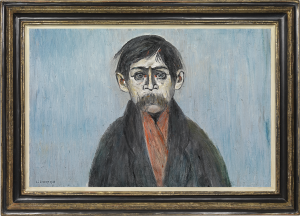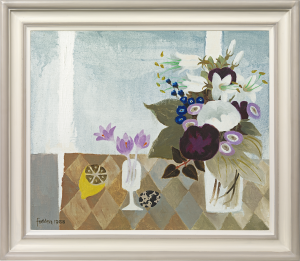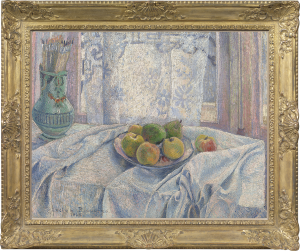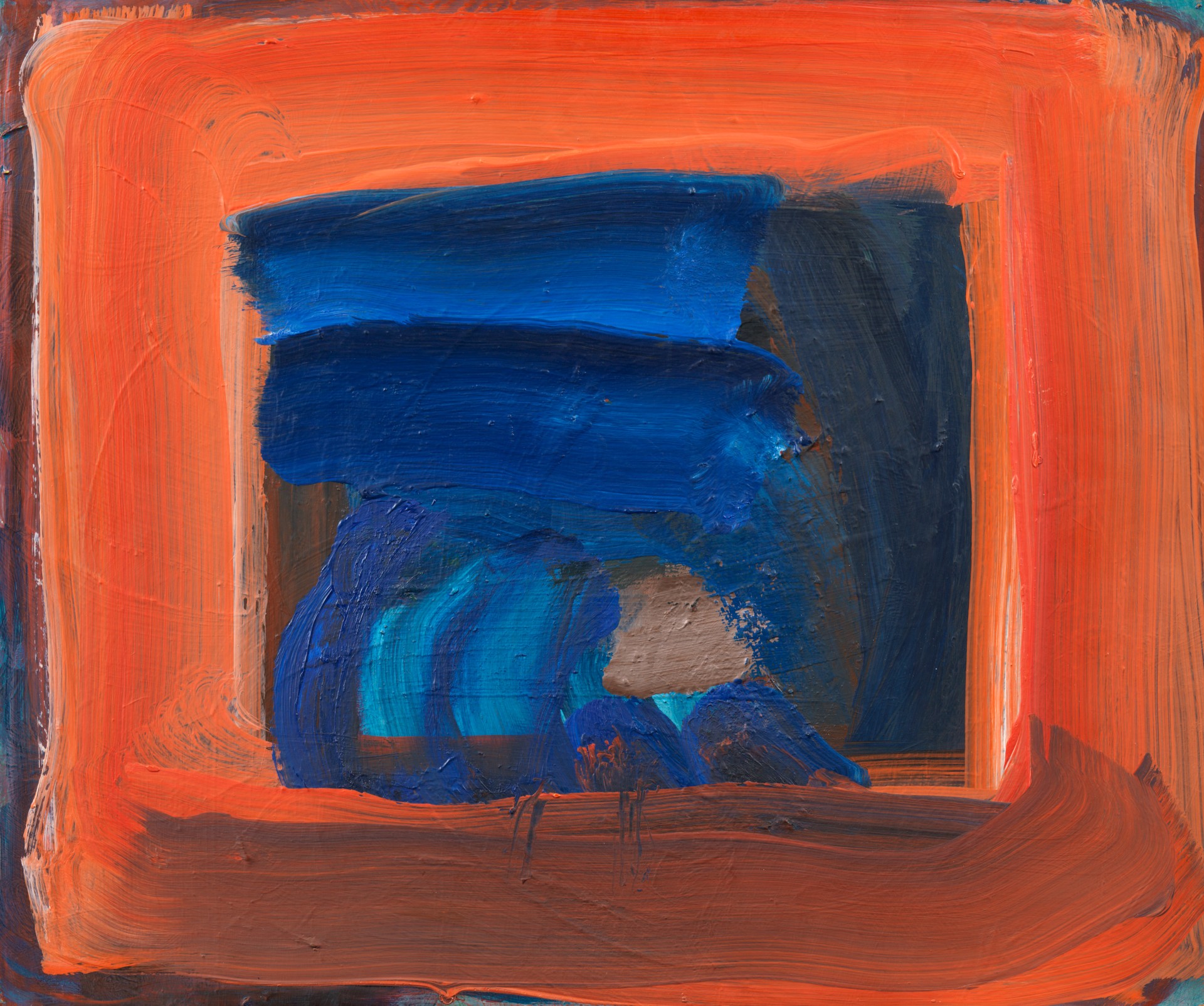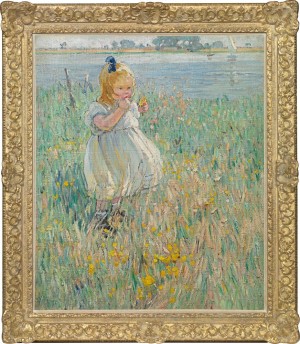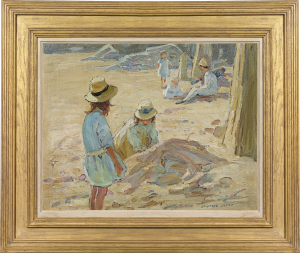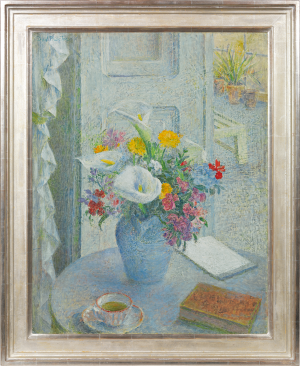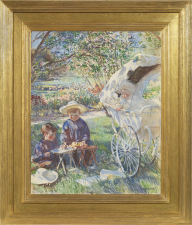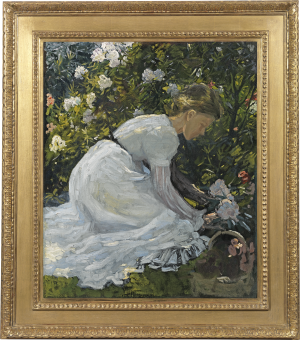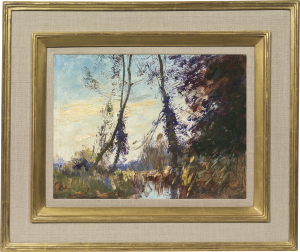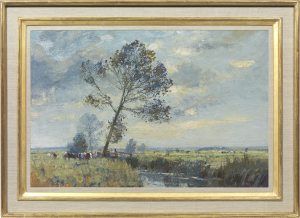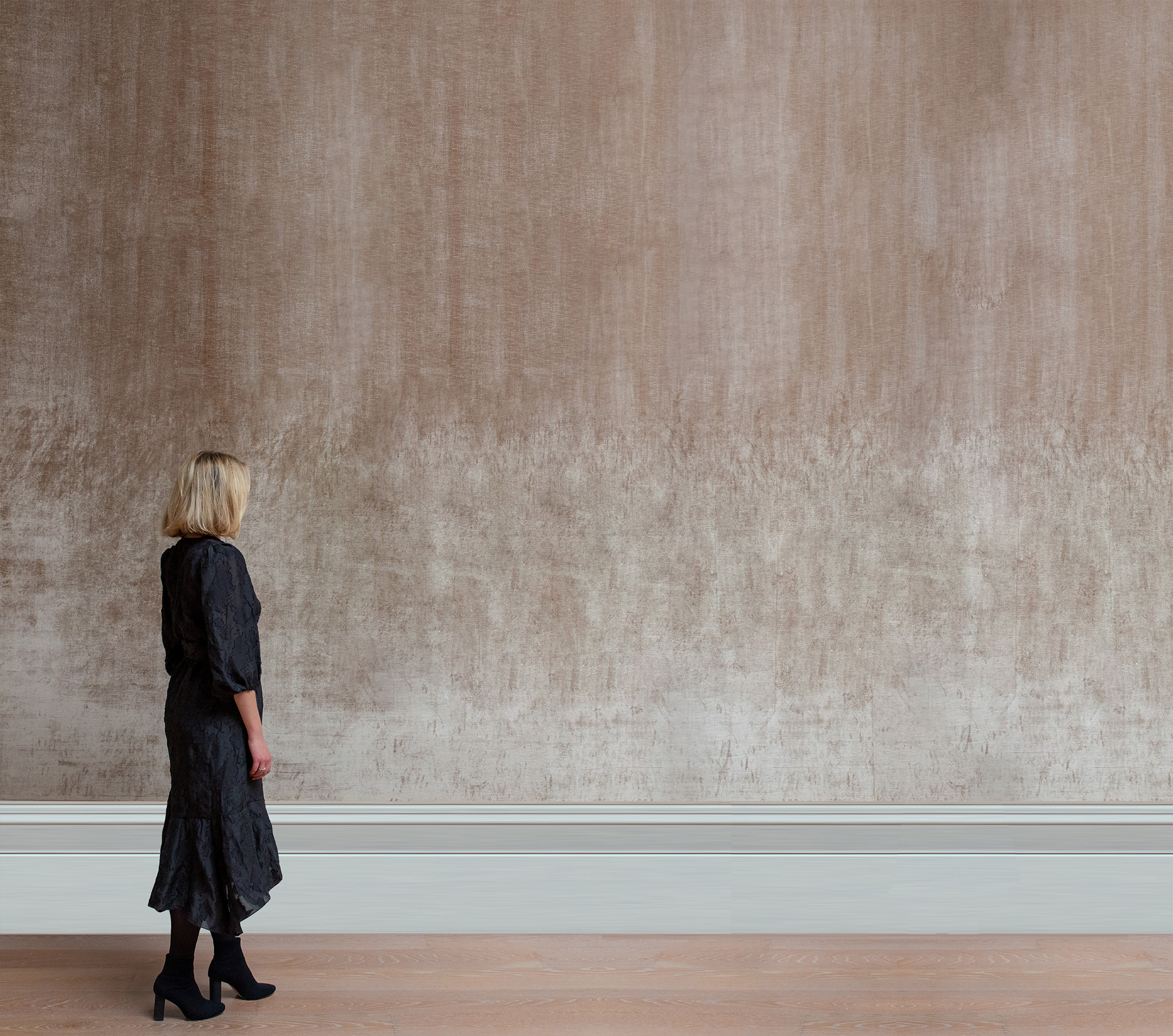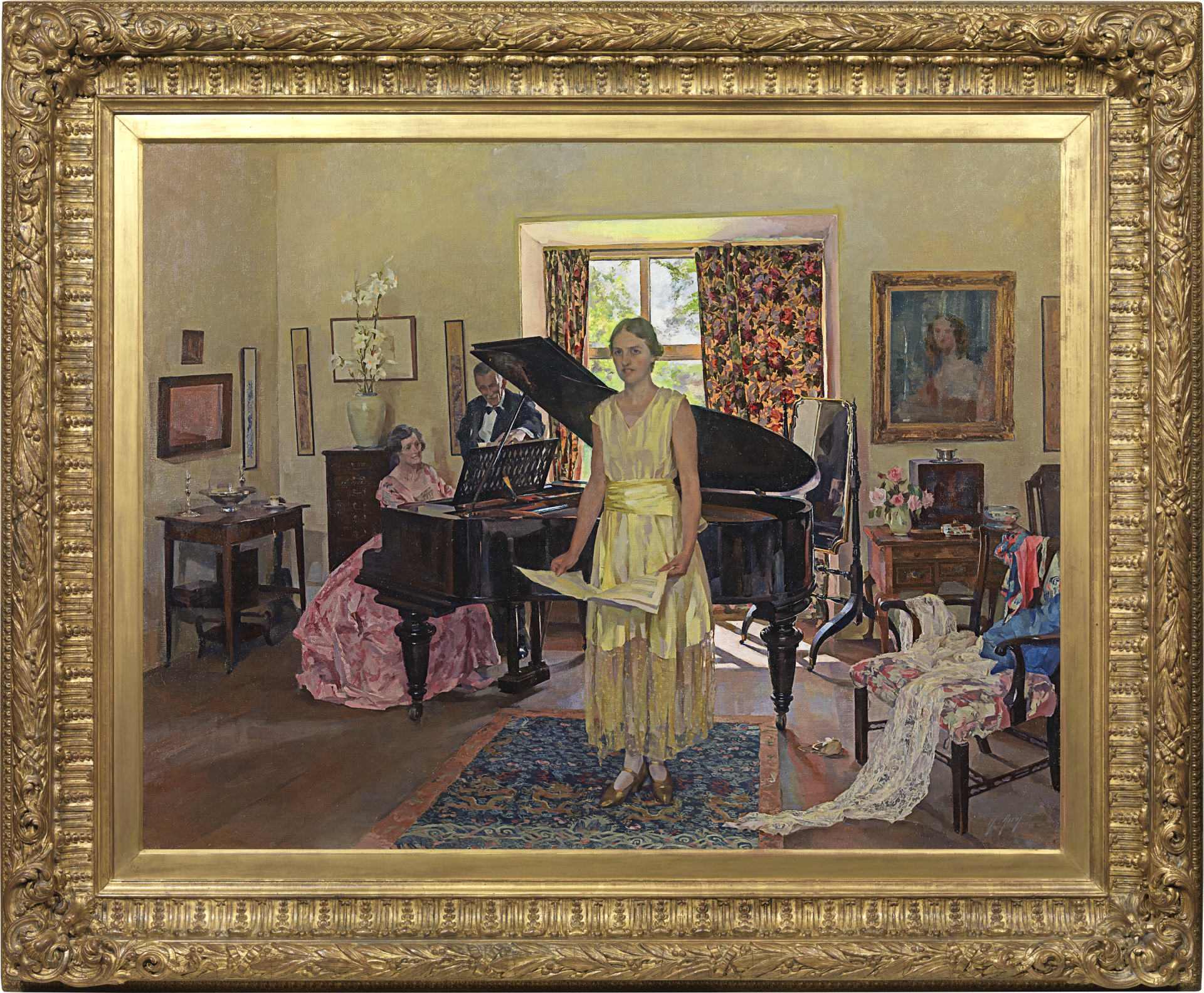Anna Airy
Spring song
Oil on canvas: 34 x 44 (in) / 86.4 x 111.8 (cm)
Signed lower right: A. Airy
This artwork is for sale.
Please contact us on: +44 (0)20 7493 3939.
Email us
ANNA AIRY RI, ROI, RP, RE, PS, GI
London 1882 - 1964 Playford, near Ipswich
Ref: CA 178
Spring song
Signed lower right: A. Airy
Oil on canvas: 34 x 44 in / 86.4 x 111.8 cm
Frame size: 48 x 57 in / 121.9 x 144.8 cm
Painted circa 1936
Provenance:
Private collection, UK, direct from the artist, then by descent
Exhibited:
London, Royal Academy of Arts, Summer Exhibition, 4th May-8th August 1936, no.547
Glasgow, Royal Glasgow Institute of Fine Arts, 1936, no.124
Glasgow, Royal Glasgow Institute of Fine Arts, 1952, no.138
Ipswich, Christchurch Mansion, Retrospective loan exhibition oils, watercolours, pastels, etchings, drawings by Anna Airy RI, ROI, RE, 20th April-16th June 1985, no.43
As early as 1915, The Burlington Magazine declared Miss Airy ‘the most accomplished artist of which her sex can boast in this country’ admiring, her ‘delicate nature and flower studies conceived in the manner of Dürer would have delighted the heart and eye of Ruskin.’[1] Anna Airy was a painter of figure subjects, portraits and still life. An extremely versatile artist, she worked in a wide range of media including oil, watercolour, and pastel, and was also an accomplished etcher. She married Geoffrey Buckingham Pocock, an artist in his own right. Born in London, she studied at the Slade School of Art from 1899-1903 under Frederick Brown, Philip Wilson Steer, Henry Tonks and Sir Walter Russell, her contemporaries including William Orpen and Augustus John. She won the Slade Scholarship in 1902 and the Melville Nettleship Prize for three consecutive years in 1900, 1901 and 1902. In 1917 Airy was commissioned to produce an artwork for the Canadian War Memorials Fund Committee, the finished painting, Cook-house at Witley Camp, depicting soldiers of the 156th Canadian Infantry Battalion. During the First World War she was appointed an official war artist, the most challenging and prestigious work she had yet undertaken, and commissioned in June 1918 by the Munitions sub-committee of the Imperial War Museum to paint four large canvases highlighting a key area of British arms manufacture.[2] The commission was to represent a number of factories including, the National Projectile Factory, Hackney (IWM:ART 4032), the National Filling Factory, Chilwell, Nottingham, WG Armstrong Whitworth’s at Nottingham (IWM:ART 2272) and the Aircraft Manufacturing Co. at Hendon (IWM:ART 1931). The final four did not include Chilwell Factory, but the Singer Factory in Glasgow instead (IWM:Art 2271). A painting of the South Metropolitan Gas Co (IWM:ART 2852) was also commissioned by the Women’s Work Section. Airy exhibited at many institutions both at home and abroad and became internationally known. She exhibited at the Royal Academy from 1905-1956, the Paris Salon and international exhibitions in Rome, Venice, Canada, and the United States of America. For much of her life, Airy lived on Haverstock Hill in Hampstead, and later moved to Playford in 1933, near Ipswich. She was elected President of the Ipswich Art Club in 1945, a post she held for nineteen years, and was Vice-President of the Artists’ General Benevolent Institution. She taught at Ipswich School of Art. Her work was frequently reproduced in The Studio and Colour, and she was the author of The Art of Pastel and Making a Start in Art. In memory of her concern for young artists, the Anna Airy Award was established following her death in 1964, an art fund and competition held by Ipswich Art Club to promote young and emerging talent and continues to this day at the Ipswich Arts Society and the University of Suffolk. Anna Airy’s work is represented in many public collections including the Imperial War Museum, the National Gallery of New South Wales, the Walker Art Gallery, Liverpool, and the Victoria & Albert Museum, London.
[1] Robert Ross, The Burlington Magazine for Connoisseurs, vol.27, no.145, April 1915, p.44.
[2] Inside the First World War Series, The Telegraph, 1st November 2013.

